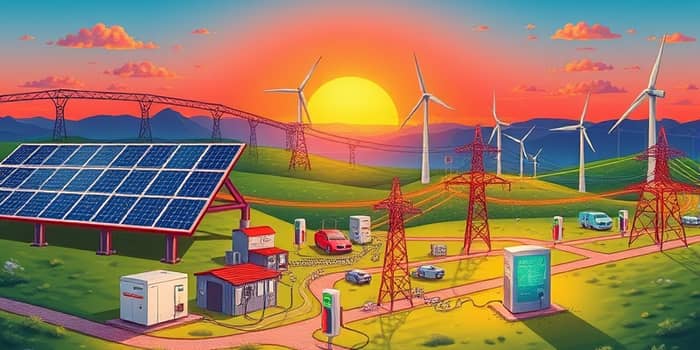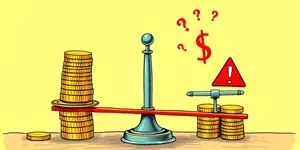
As the world stands at the threshold of an energy revolution, investors are seeking pathways to fuel both profits and purpose. In 2025, soaring global investment in clean technologies is set to reshape economies, drive innovation, and address the climate crisis.
Whether you are an institutional fund manager or an individual looking to diversify into sustainable assets, understanding the landscape is key. This article explores market trends, investment drivers, practical opportunities, and the challenges you’ll face.
The global energy sector is undergoing a transformation, with total investment projected to hit a record $3.3 trillion in 2025. Of this, an astonishing $2.2 trillion is earmarked for clean technologies—double the funds committed to fossil fuels. Solar PV leads the charge at $450 billion, followed by robust growth in wind, storage, and nuclear.
Clean energy investment has risen for five consecutive years, propelled by policy incentives, post-pandemic recovery measures, and corporate sustainability pledges. This momentum signals a long-term shift away from hydrocarbons toward a diversified, low-carbon energy mix.
Several forces are converging to drive capital into green infrastructure:
Investors can find fertile ground across multiple segments:
Each segment offers distinct risk-return profiles. Utility-scale developments can deliver stable, long-term cash flows under power purchase agreements, while distributed projects may provide faster paybacks and direct community impact.
Diversifying across vehicles and structures can optimize portfolios:
Direct equity investments in project developers allow high returns but require deep technical diligence. Green bonds and sustainability-linked instruments offer fixed-income exposure to renewable assets with credit support from supranational bodies. Public-private partnerships enable investors to leverage government guarantees and detailed project pipelines. Renewable energy funds and ETFs provide diversified access with professional management.
Understanding tax credits, depreciation schedules, and local content requirements is critical. In the U.S., solar and storage projects can benefit from Investment Tax Credits and accelerated depreciation under the Modified Accelerated Cost Recovery System (MACRS).
No investment is without challenges. The green energy space presents unique hurdles:
The United States has emerged as a powerhouse, with states like California, Texas, and Florida leading utility-scale deployments. Meanwhile, China continues to expand its solar and wind capacity, underpinned by domestic manufacturing incentives.
In sun-drenched regions of North and Southern Africa, as well as the Middle East and Australia, ambitious pipelines are attracting both public and private capital. Local governments focus on large-scale solar parks paired with storage, aiming for universal access by 2030.
Emerging markets such as India and Brazil offer high-growth opportunities in distributed renewables, with policies designed to accelerate rural electrification and decarbonization.
The shift to clean energy infrastructure represents not only a moral imperative but also a compelling financial opportunity. With a global shift to low-carbon economies underway, investors who act now can secure long-term returns while driving environmental and social impact.
Success hinges on careful risk assessment, informed selection of investment vehicles, and collaboration with experienced partners. By aligning capital with sustainability goals, we can power a cleaner, brighter future for all.
References













